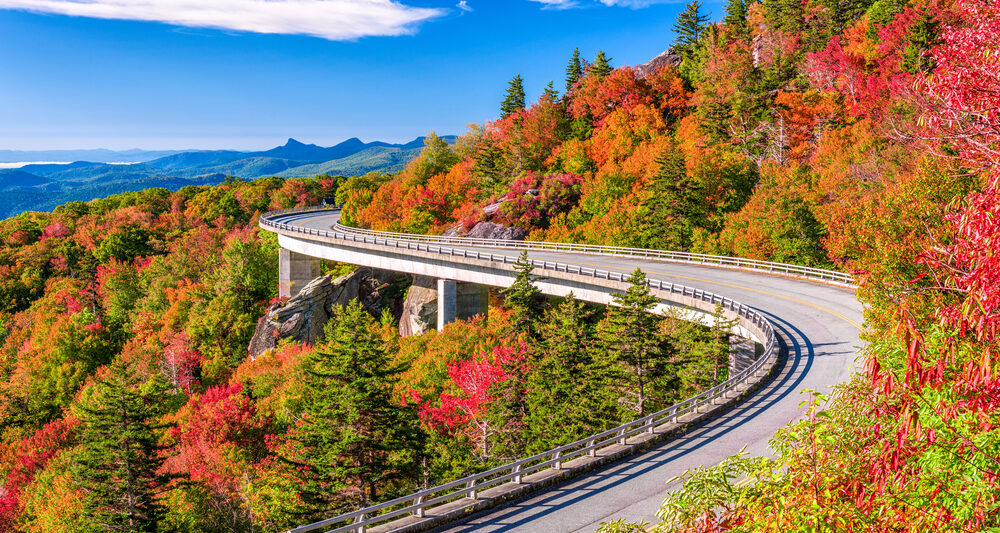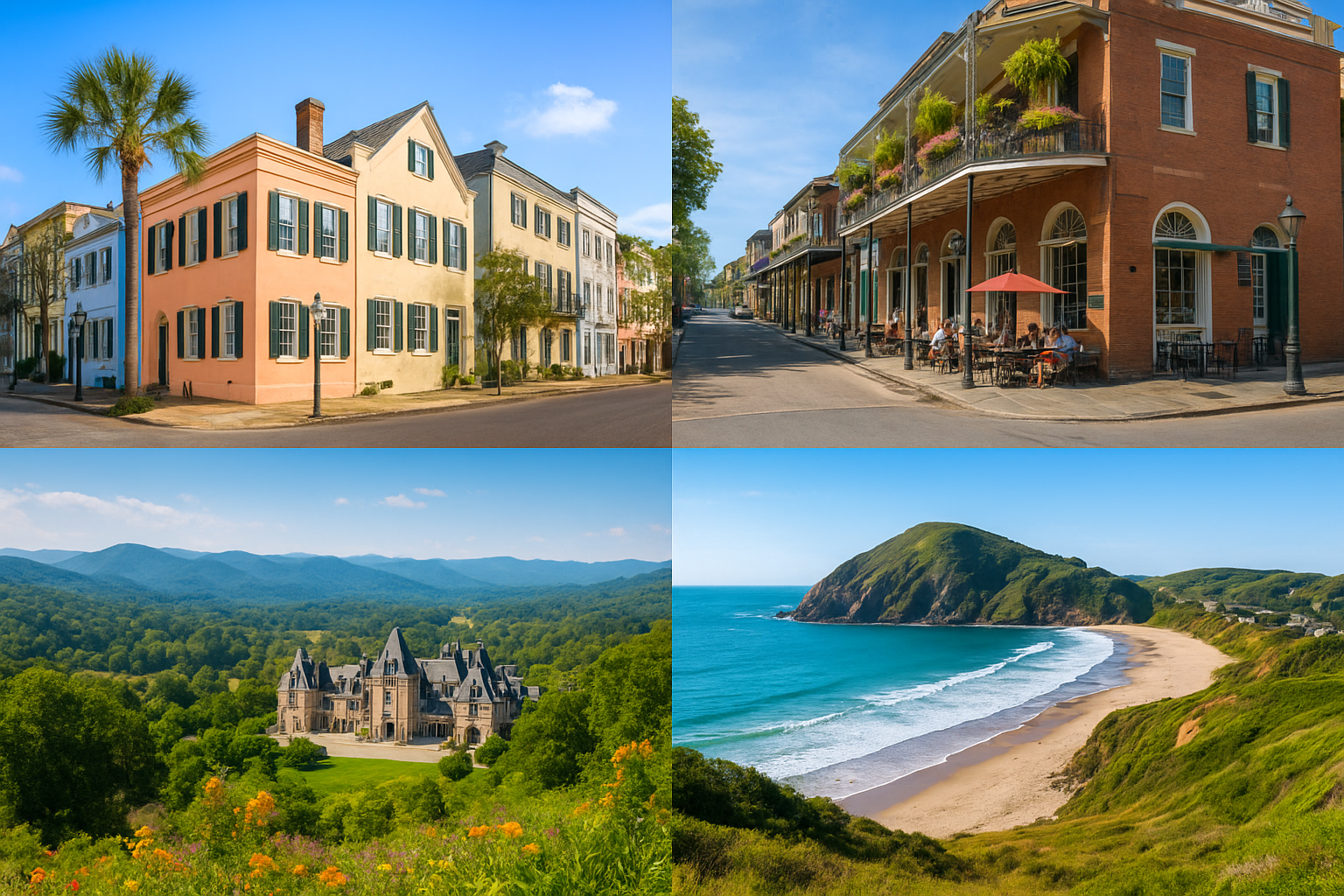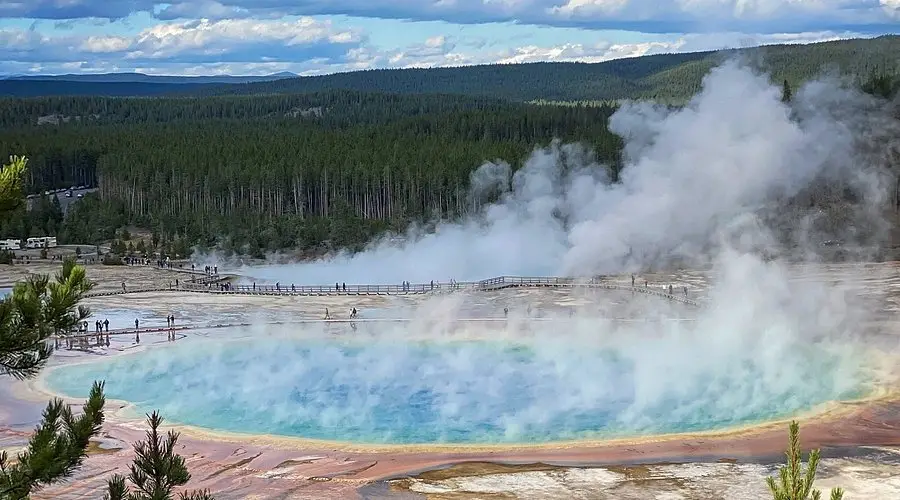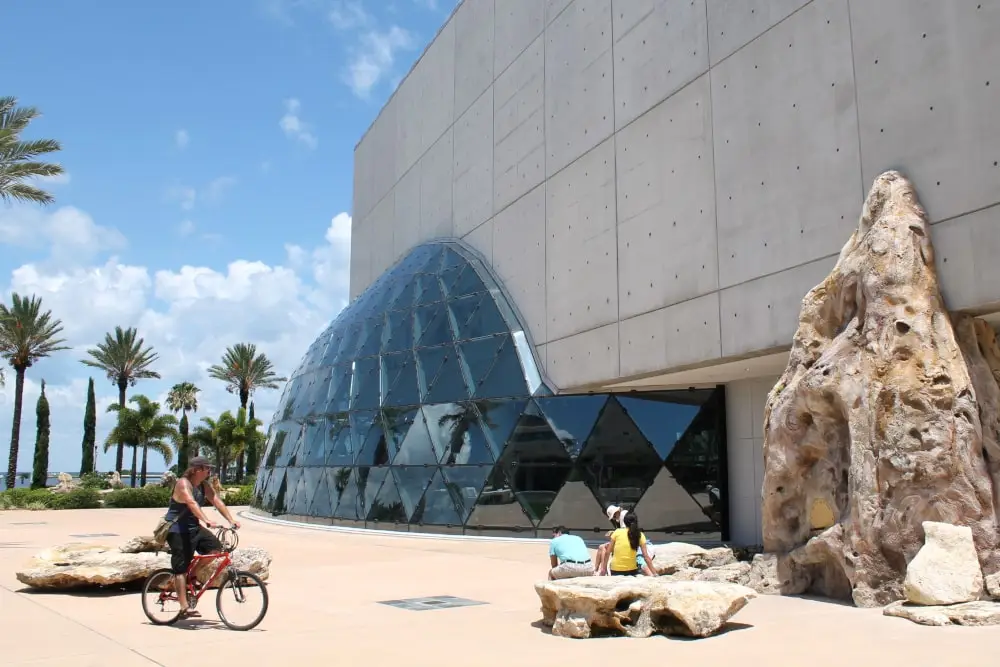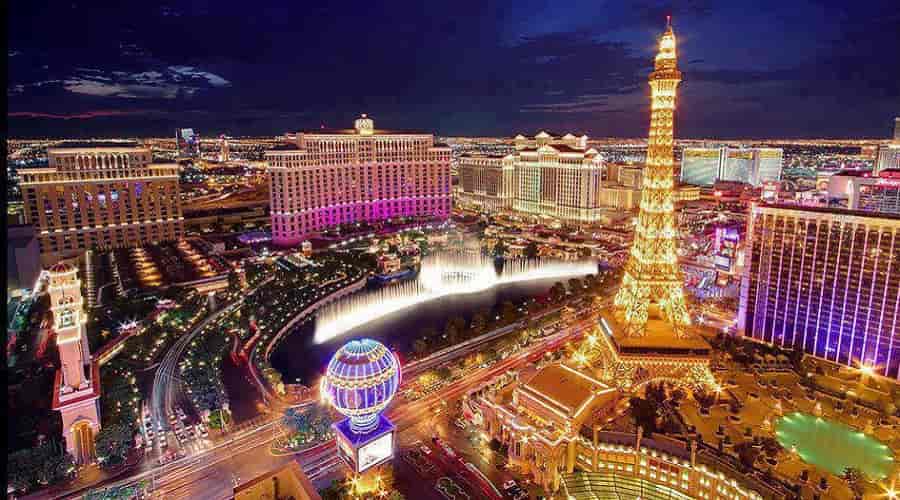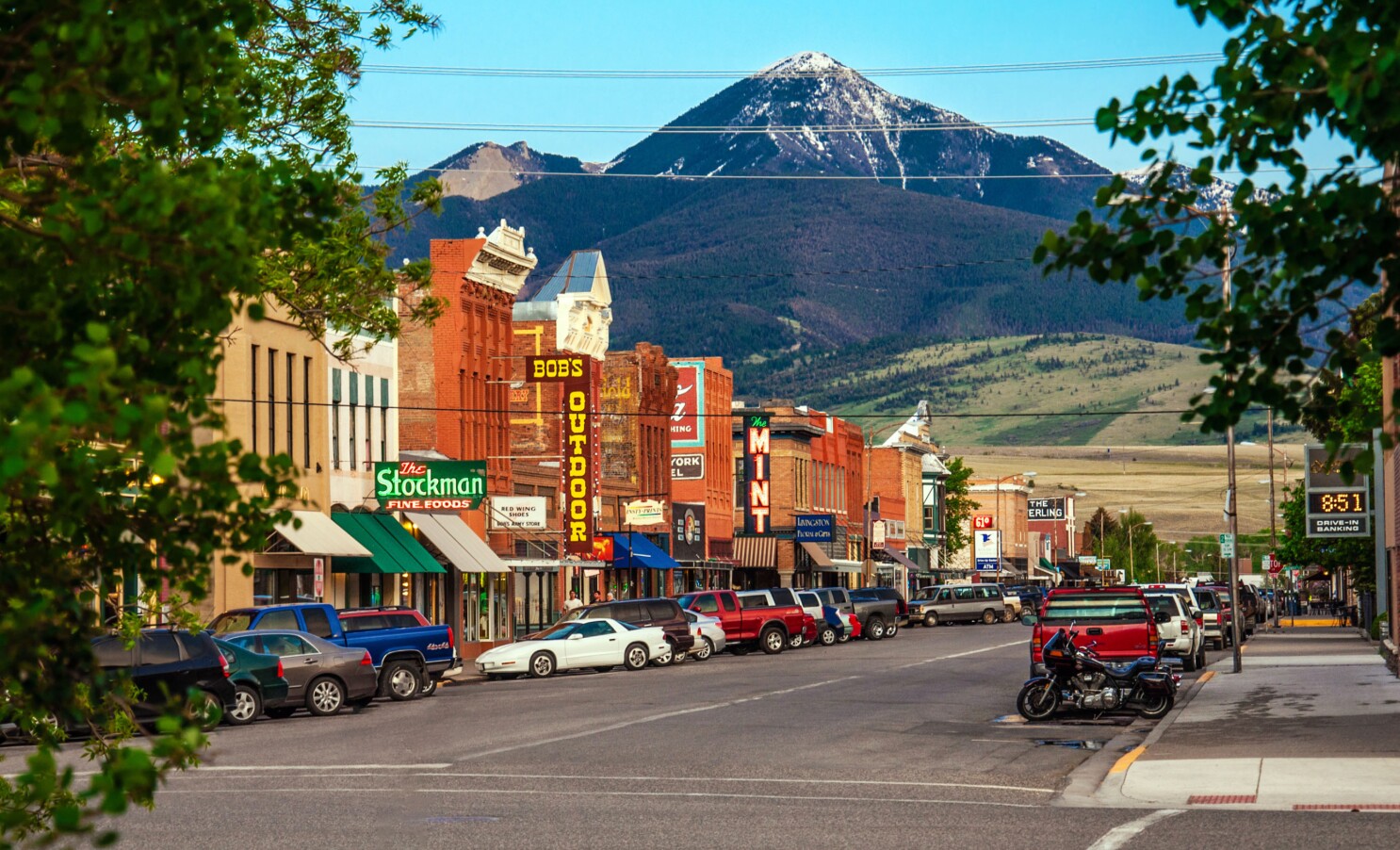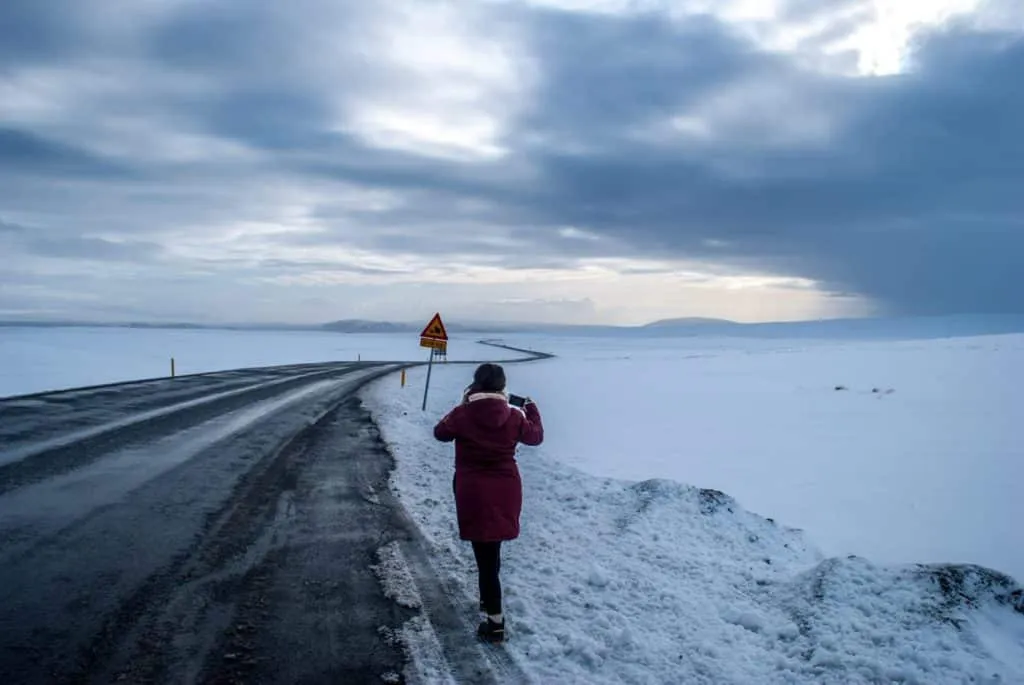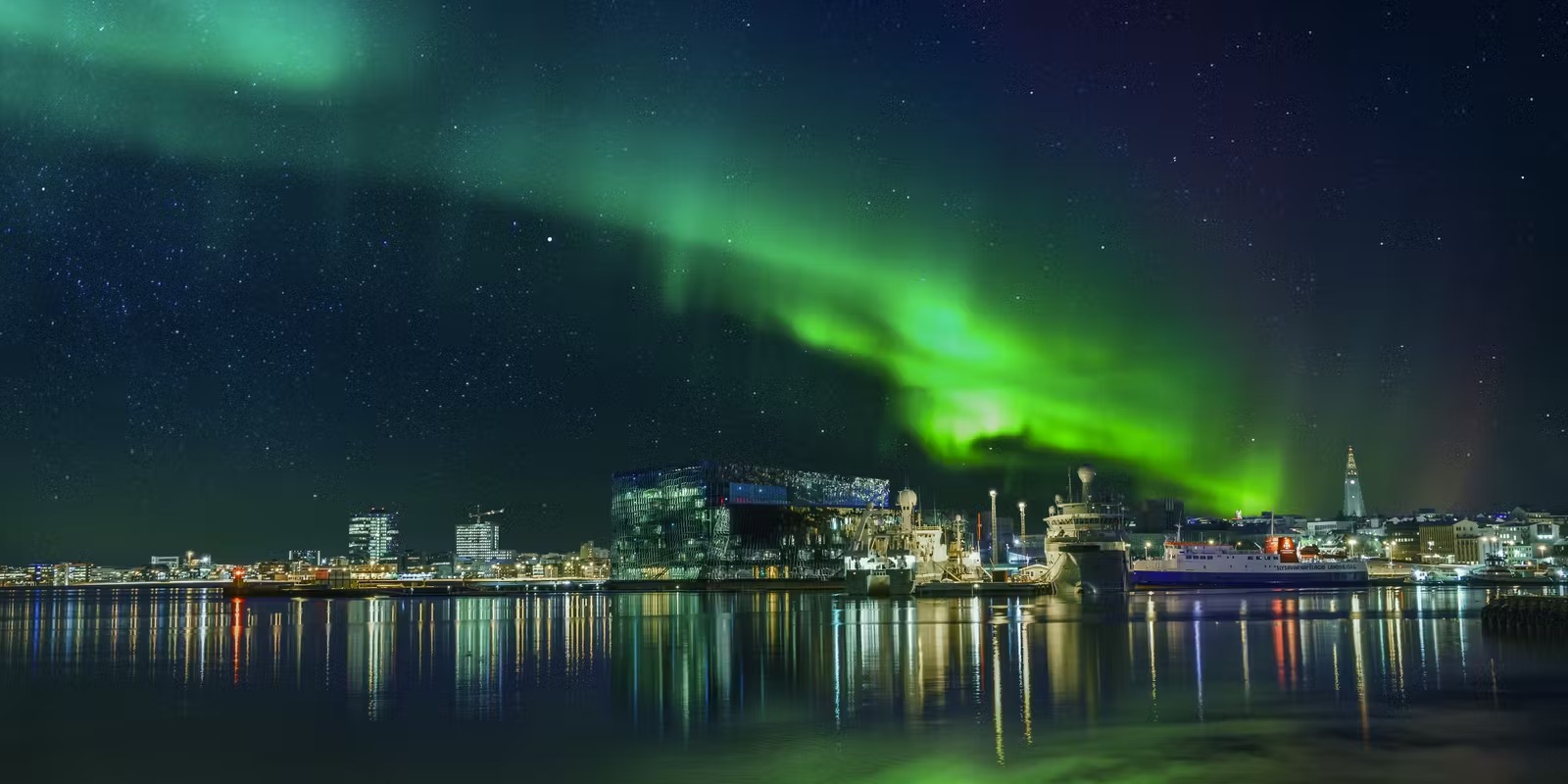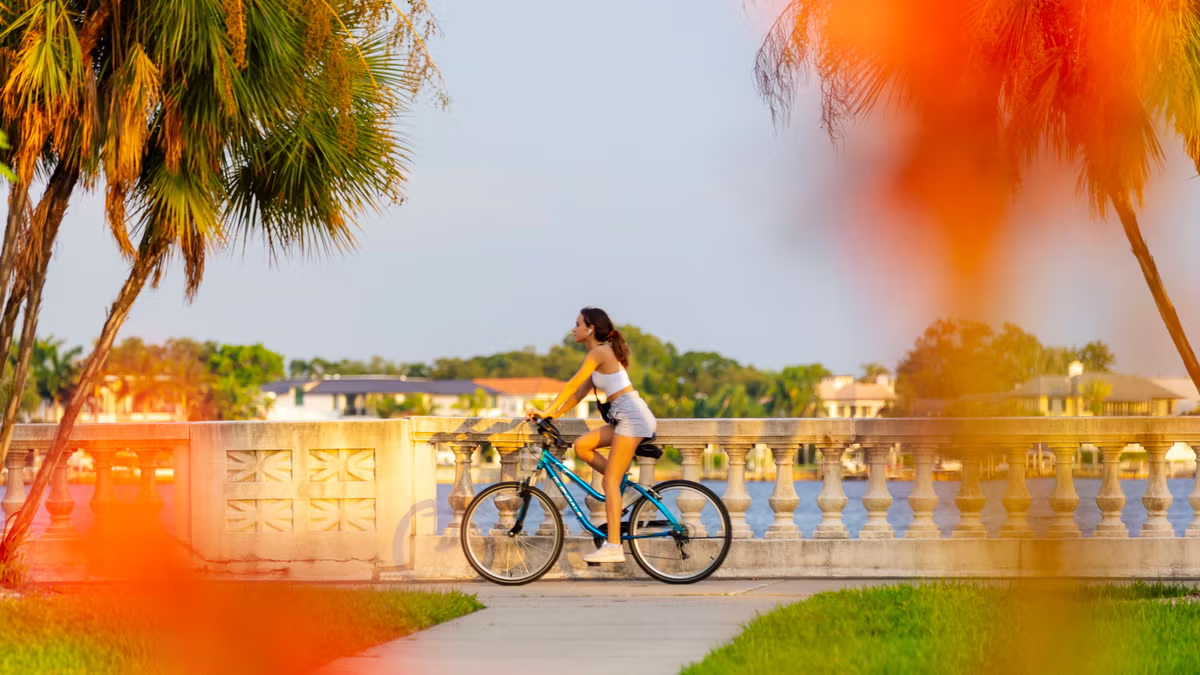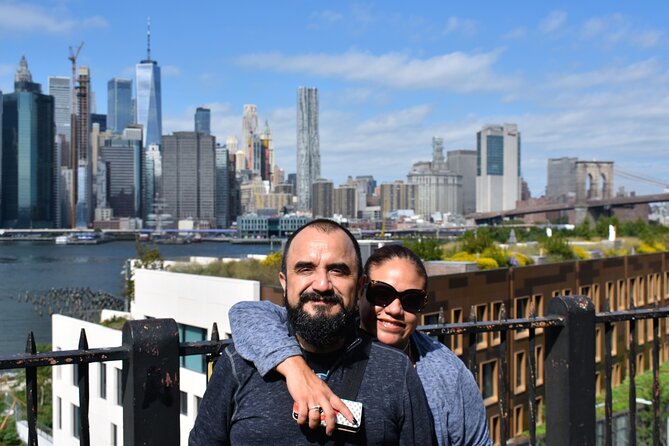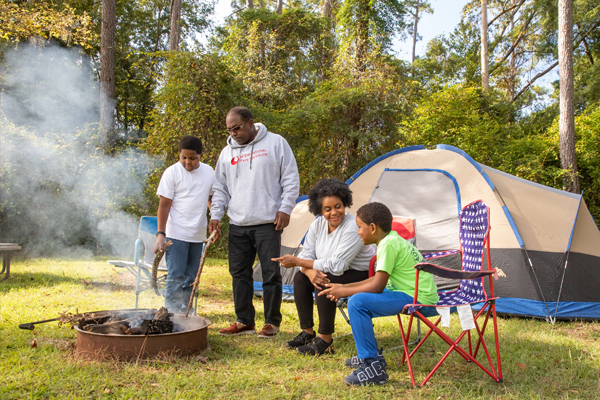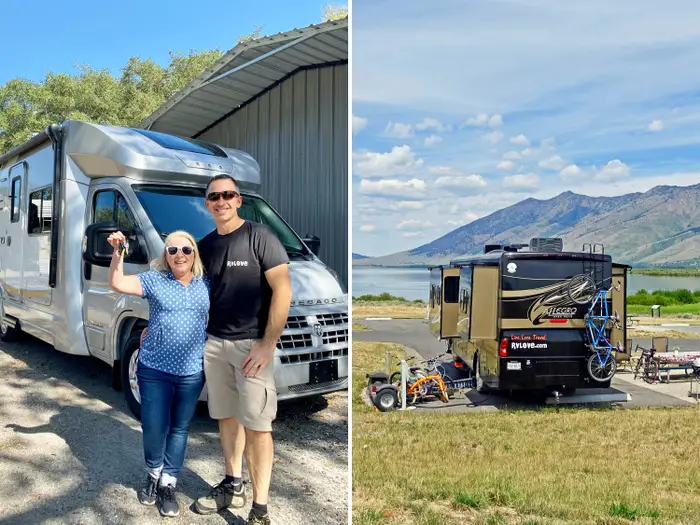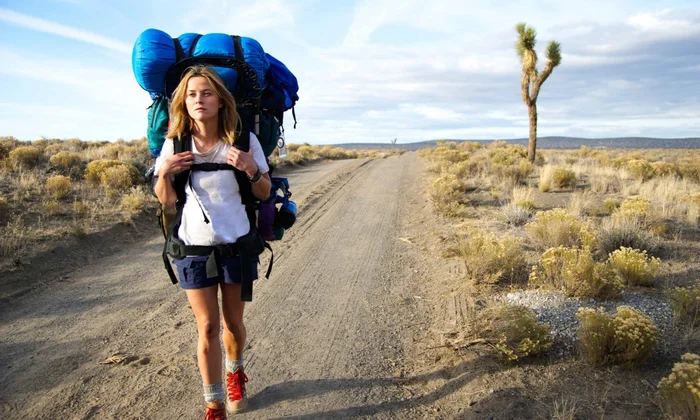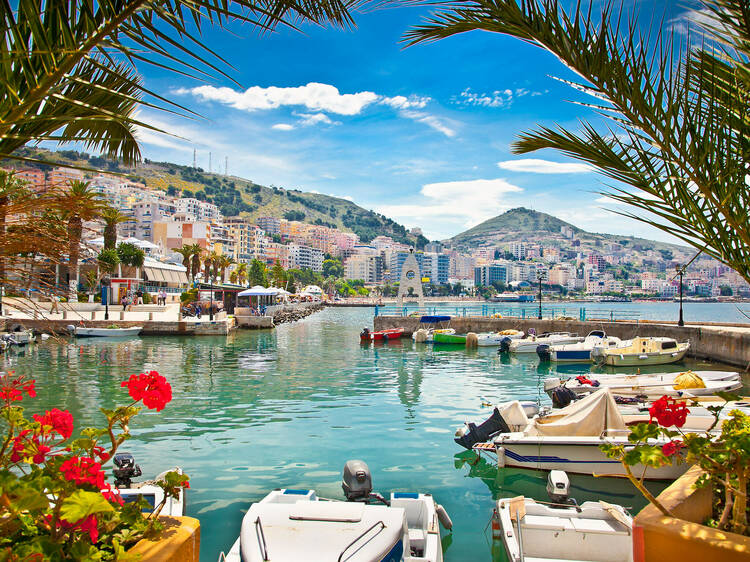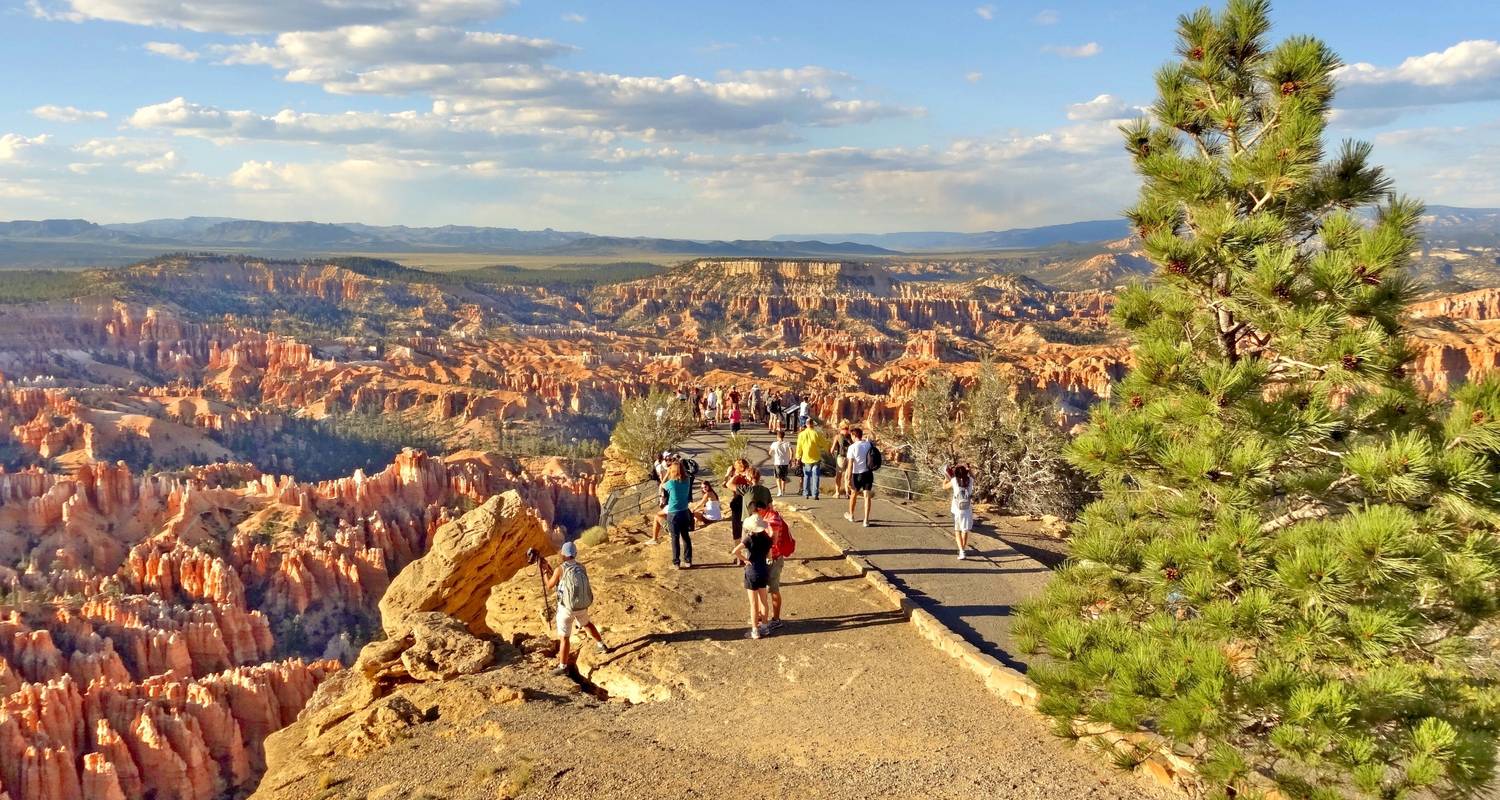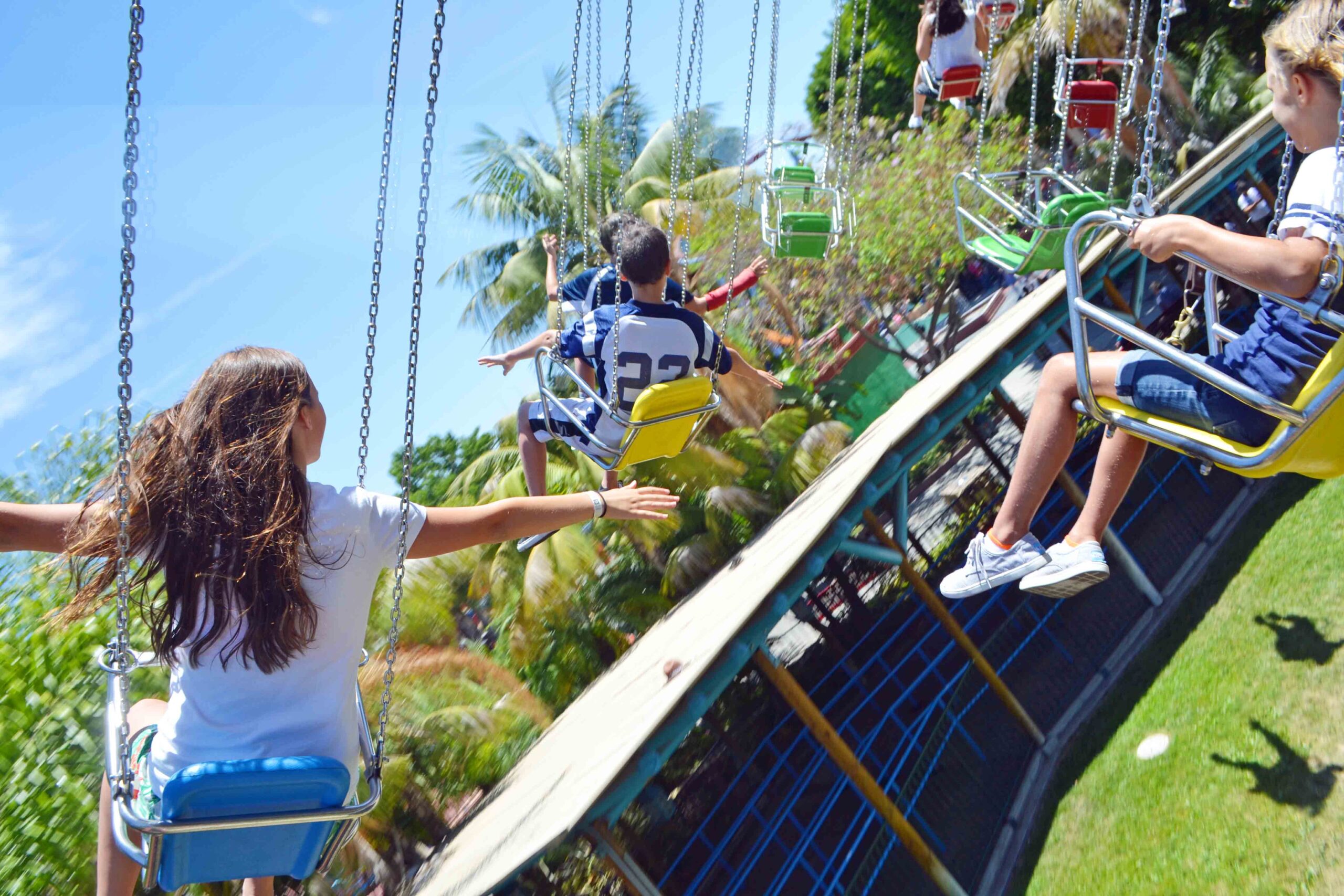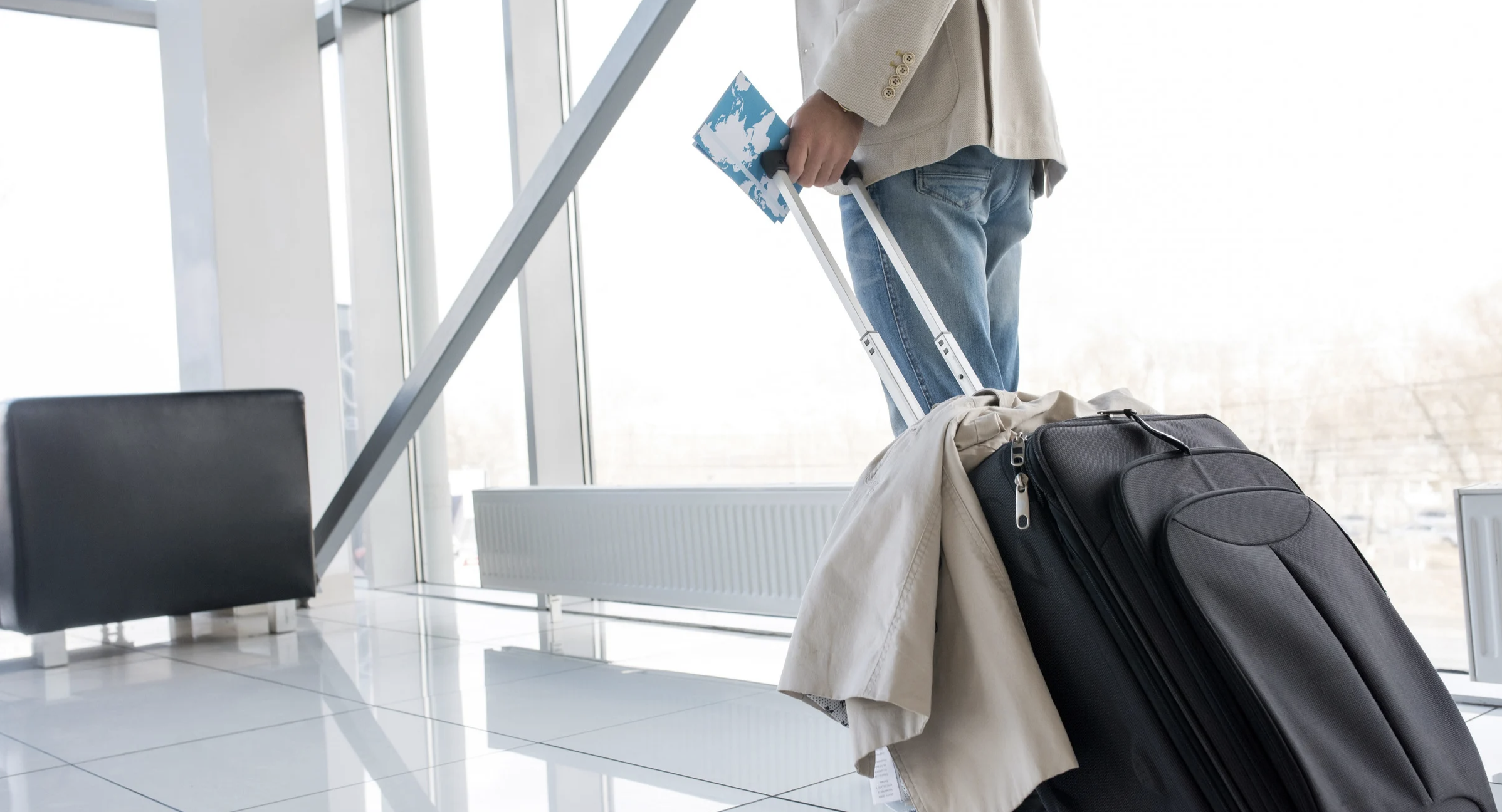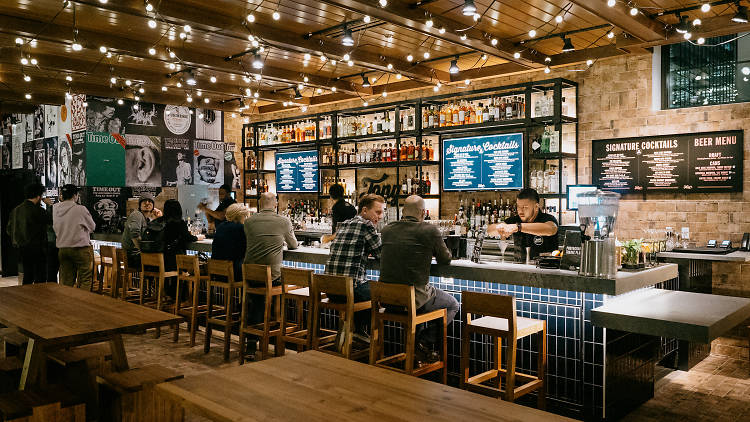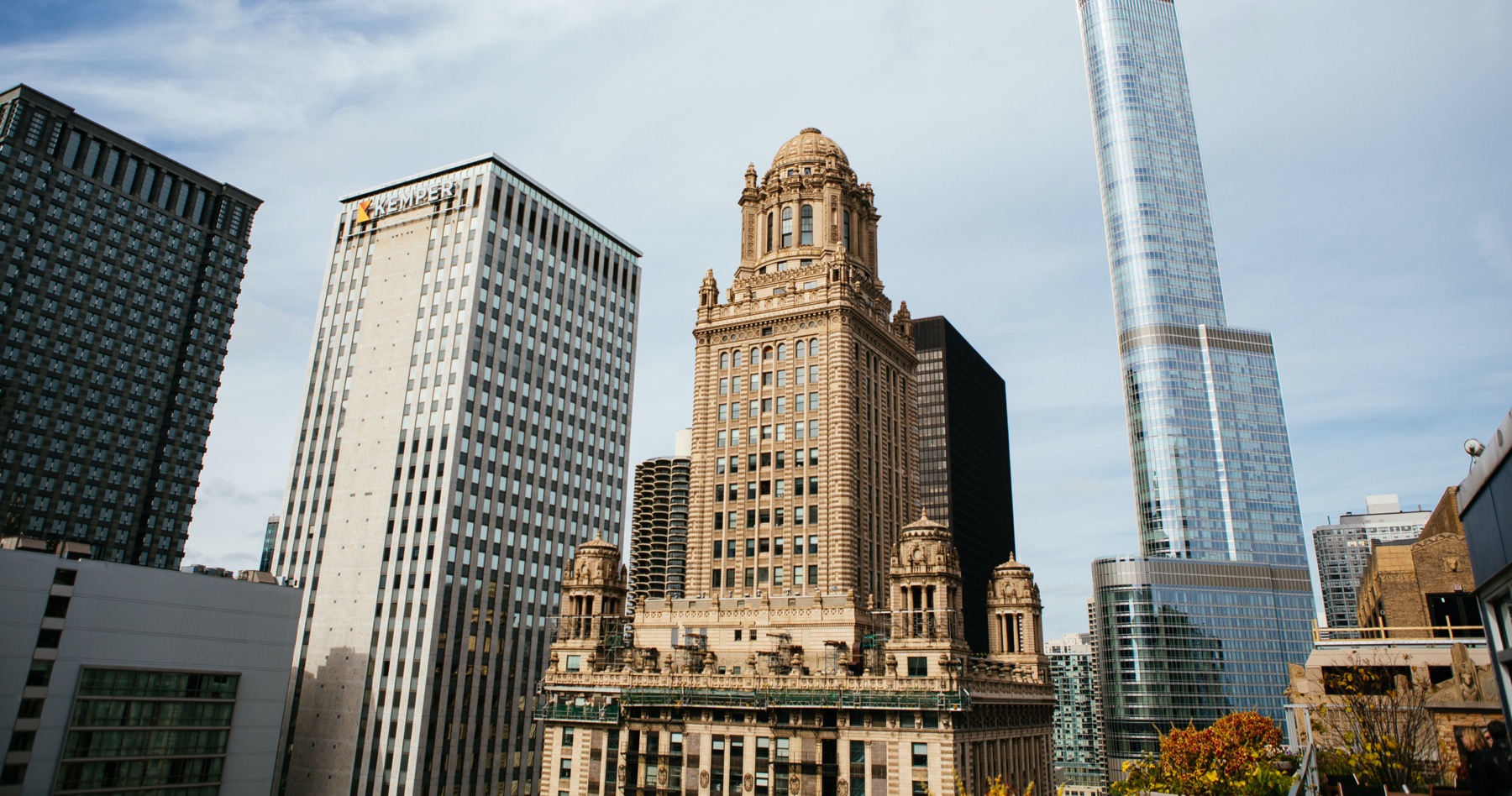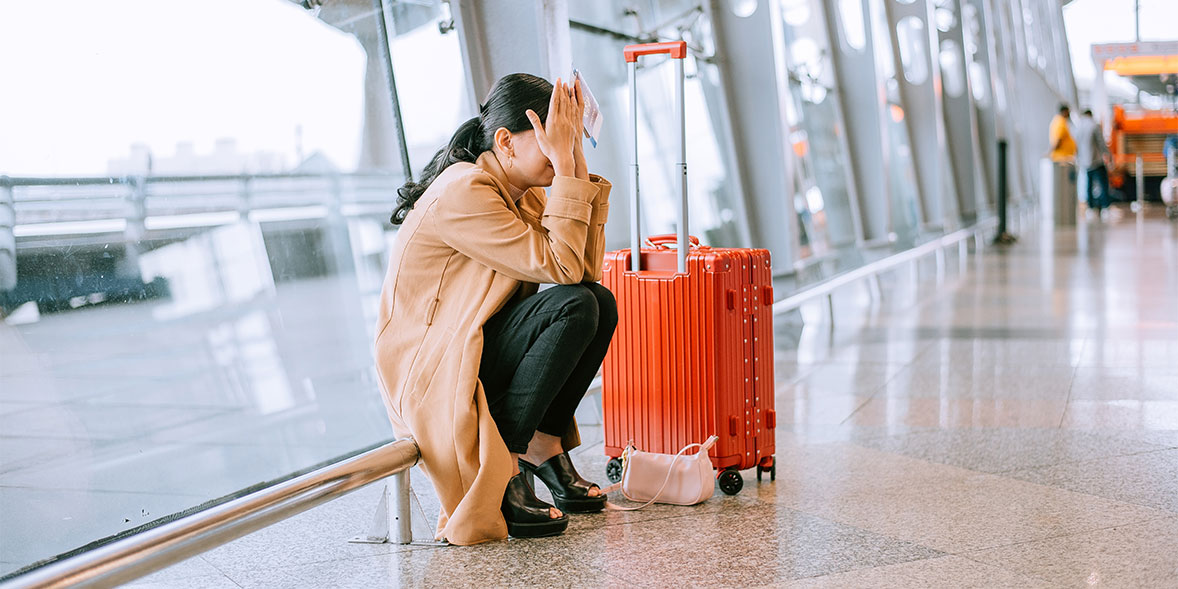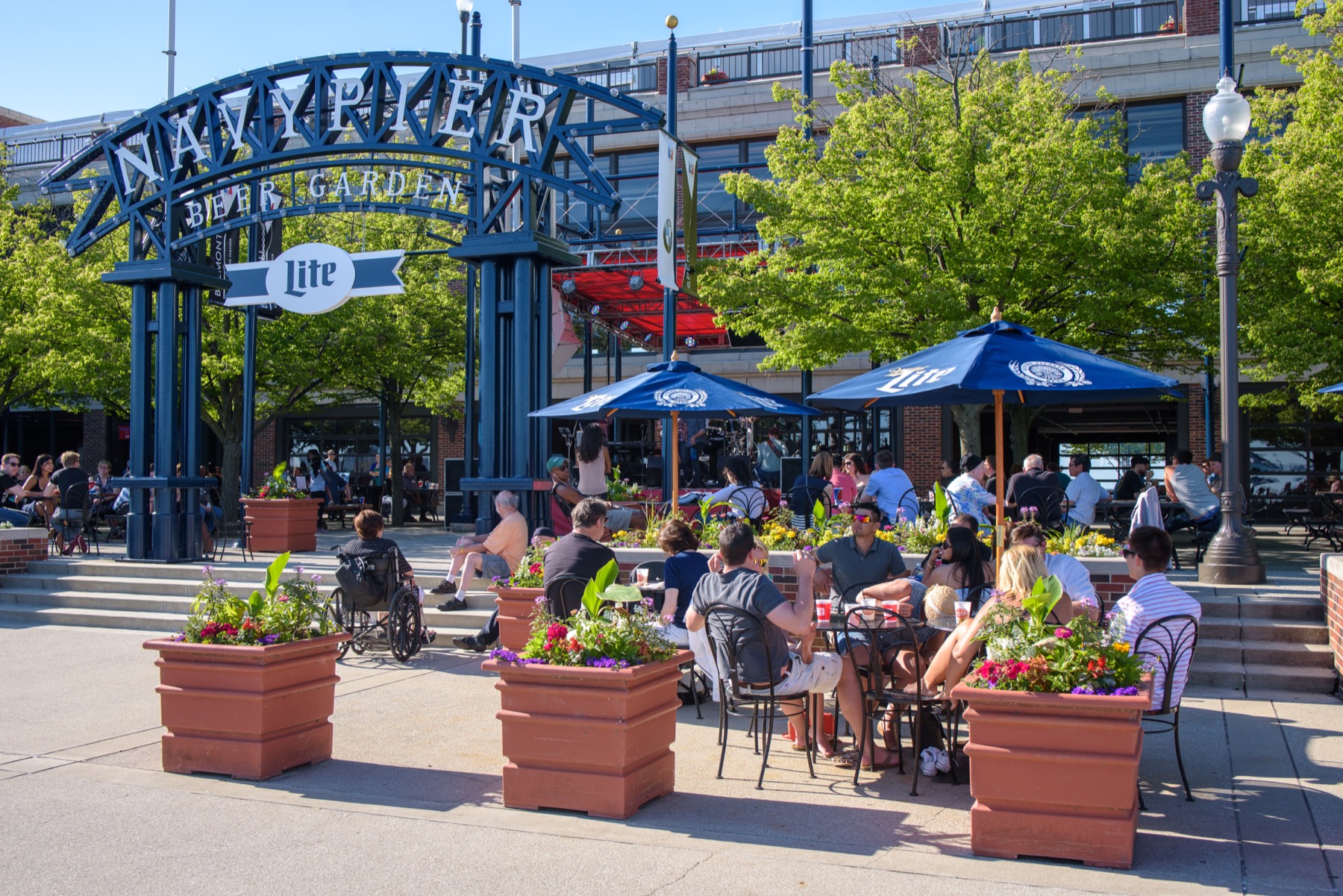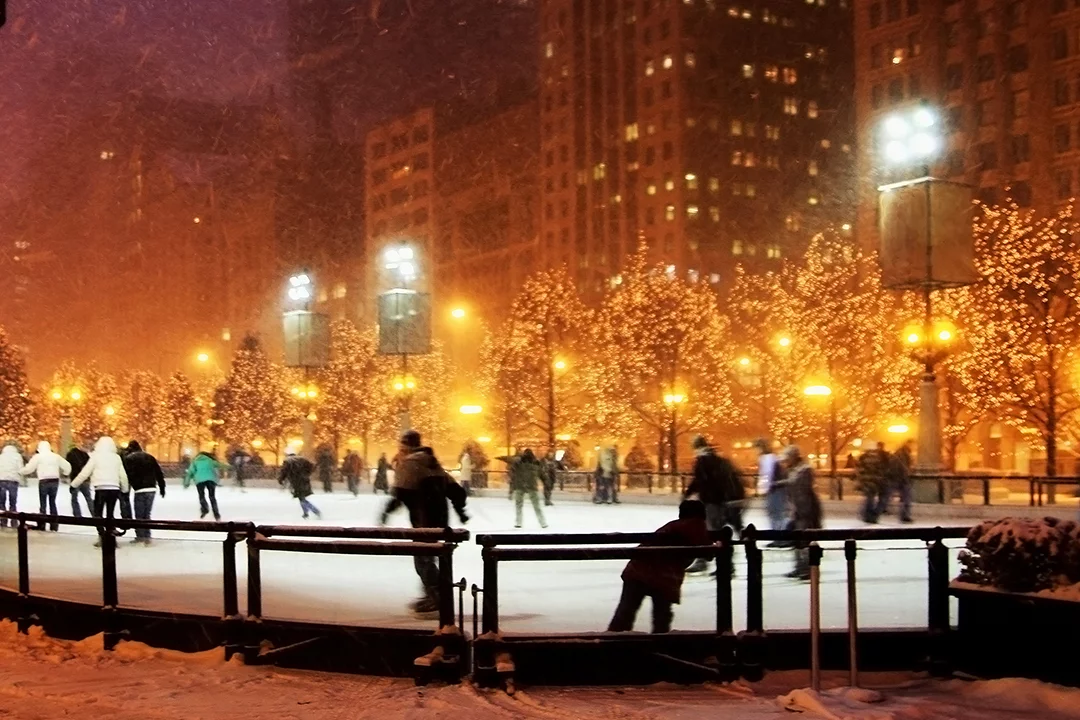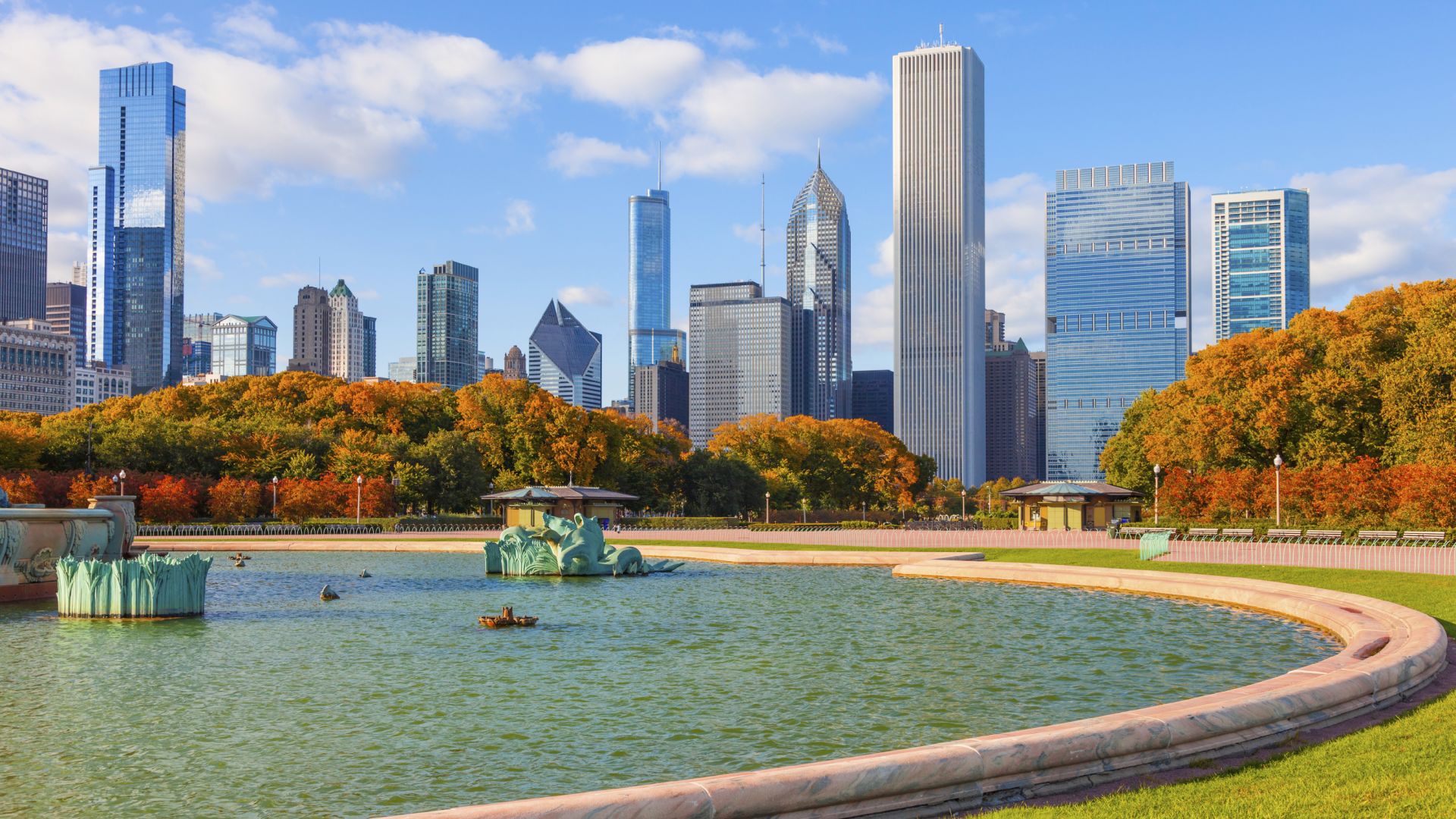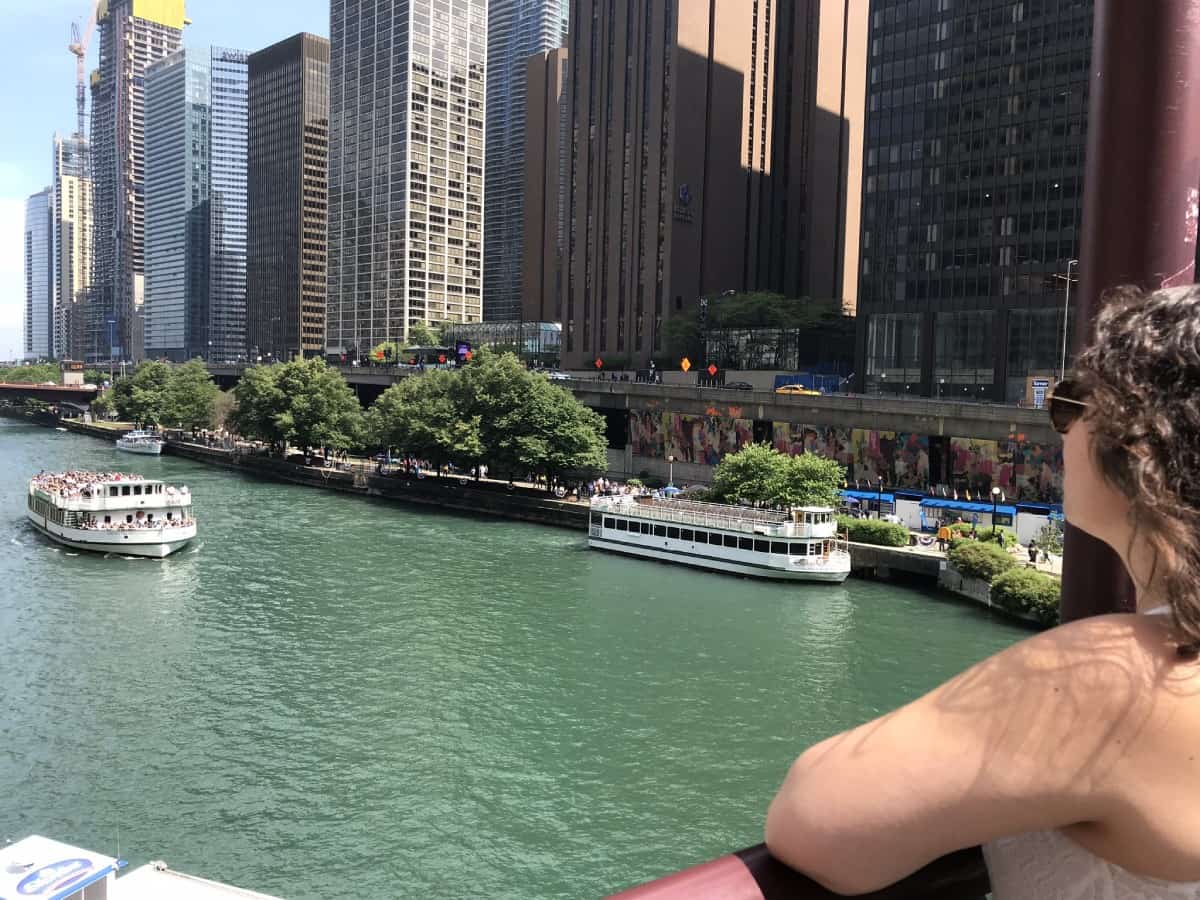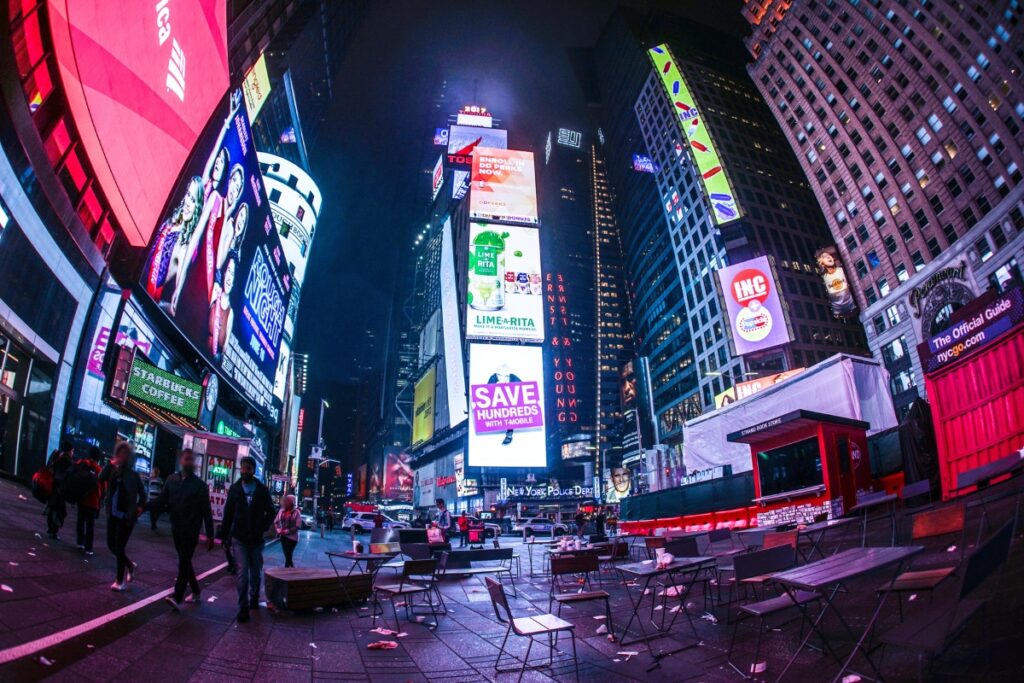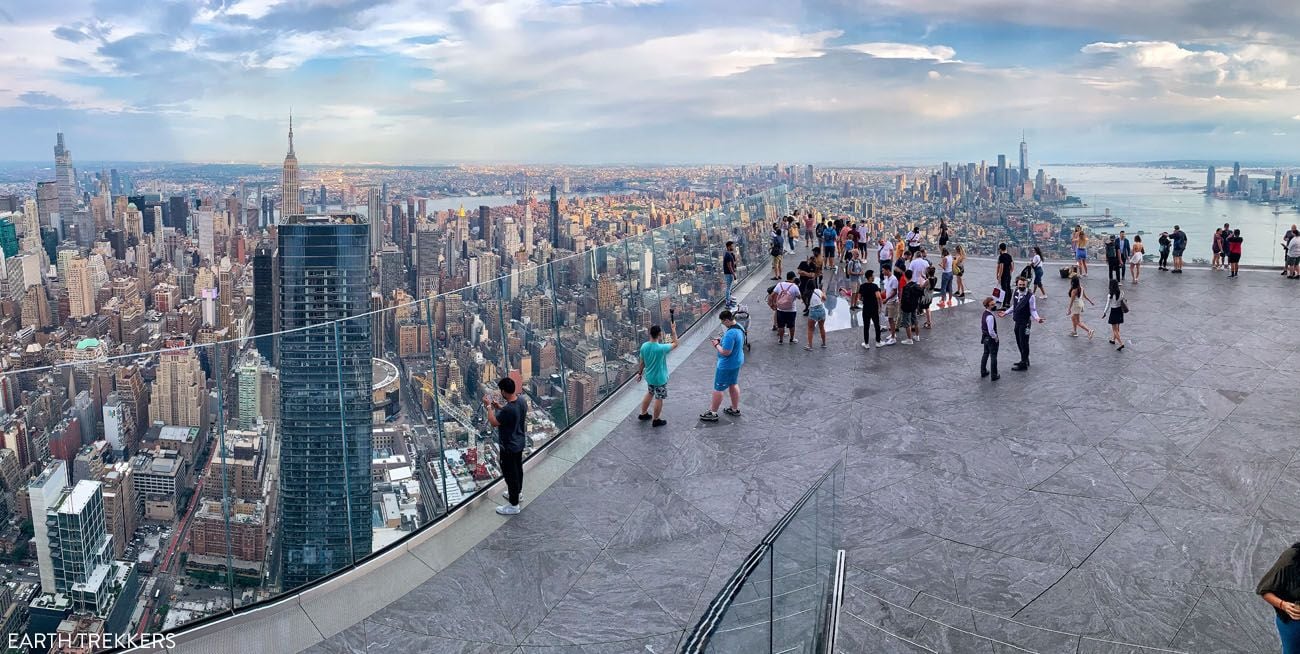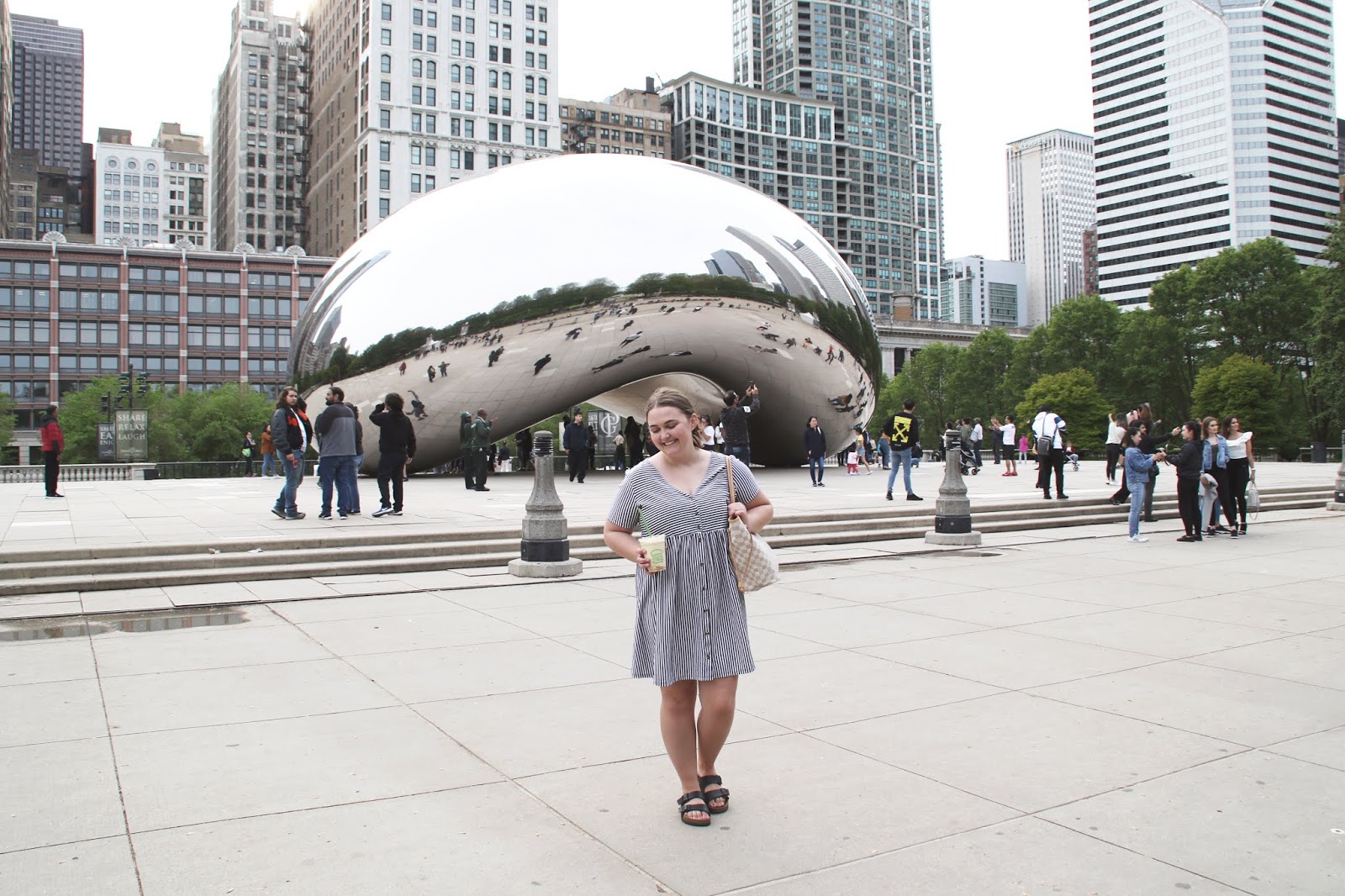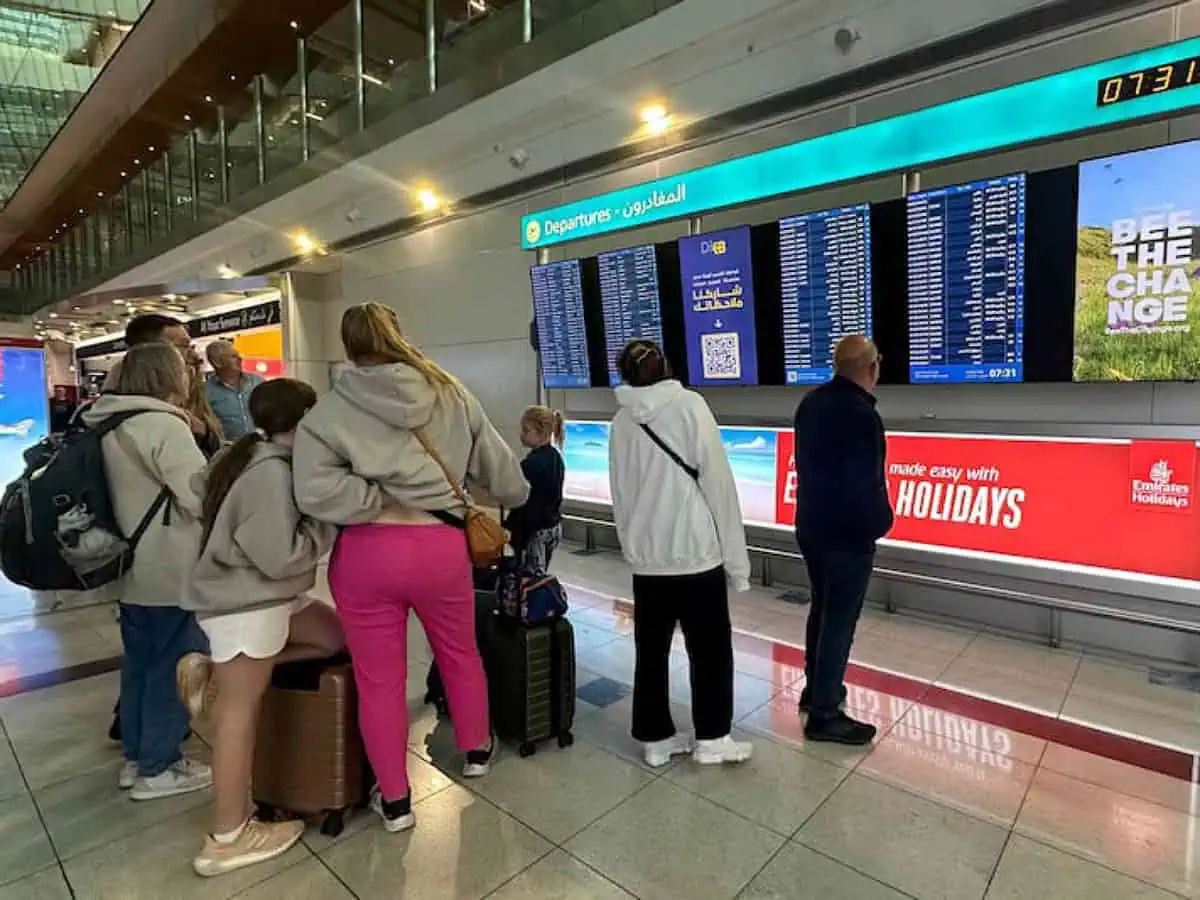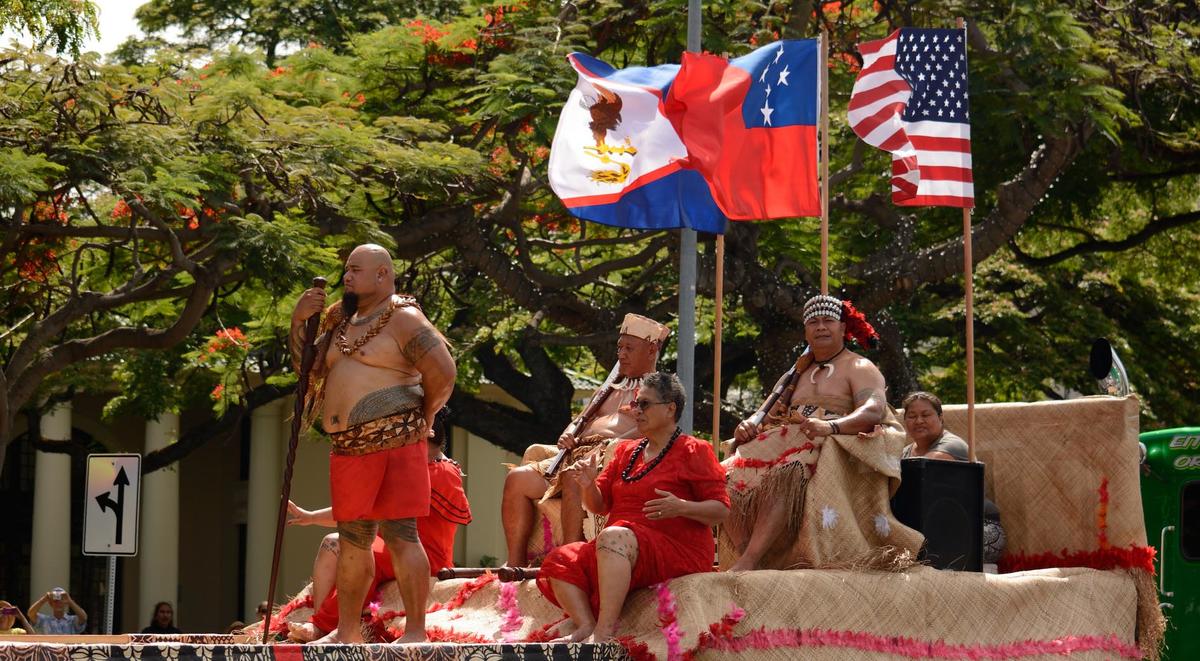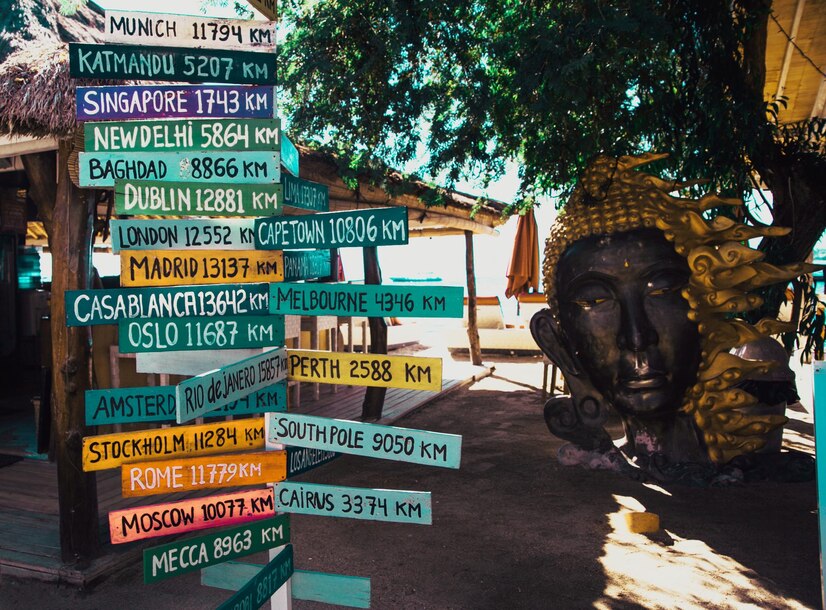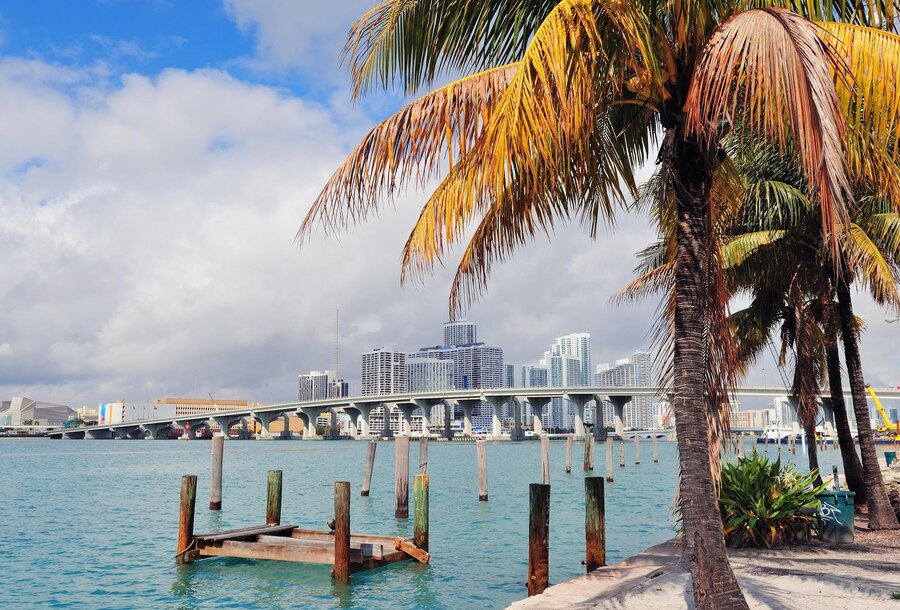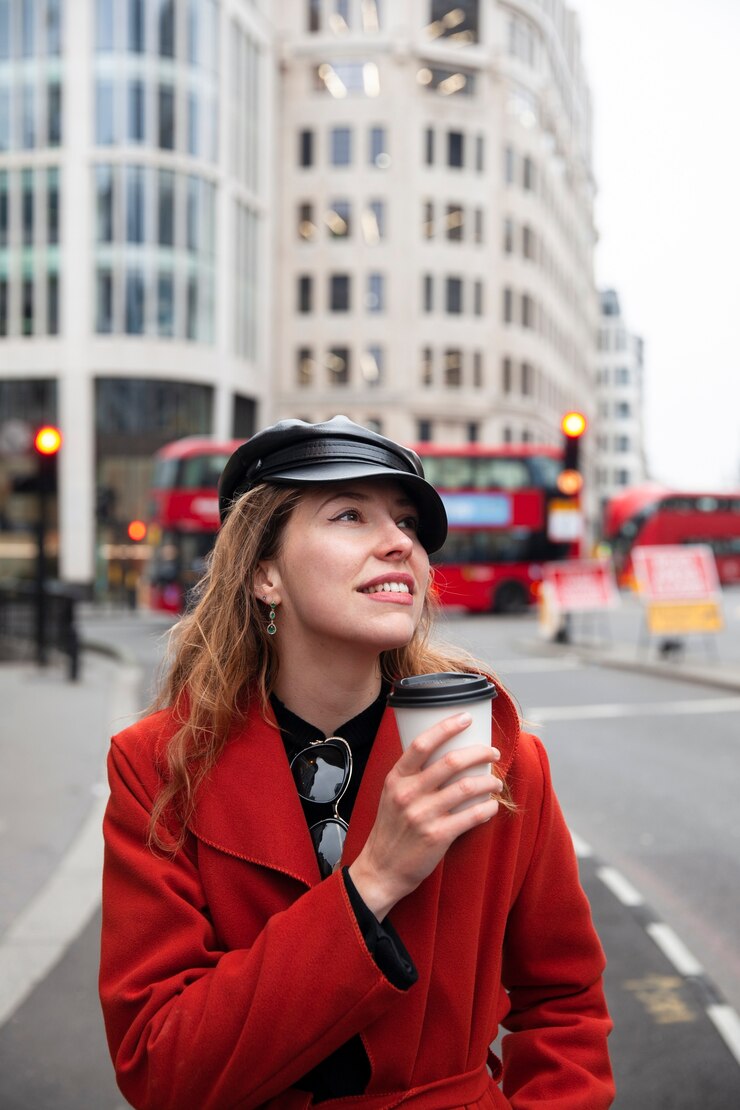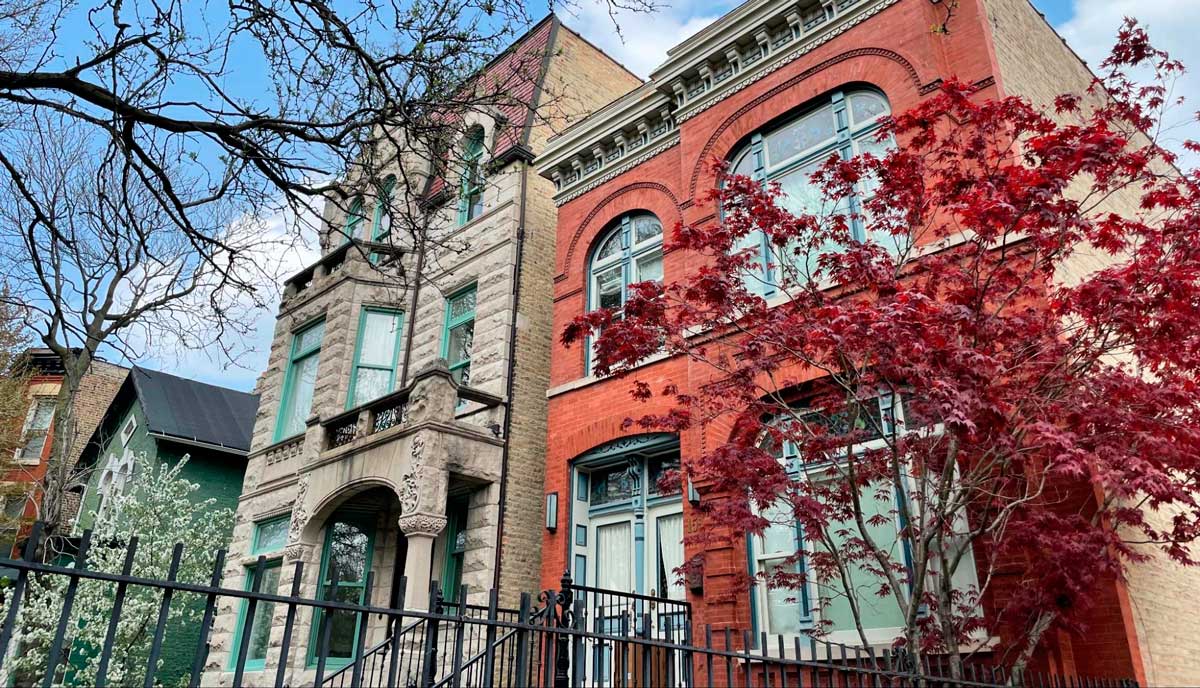
Walking Chicago Neighborhoods: A Local’s Guide to Exploring the City on Foot
Ha—let me tell you, my intro to walking Chicago wasn’t clean, polished, or planned. It started like many of my travel stories: with a scratched-up map, aching feet, and way too much curiosity for my own good. After years of solo travel—5 to 6 trips a year, easy—I decided to finally stay somewhere for more than two weeks. A month and a half ago, I moved to Chicago, ready to walk my way into knowing this city.
Armed only with a printout of Chicago’s 77 official neighborhoods (not even the more hyper-local 240+ community areas), I started marking places I visited and sketching routes for the next. My idea of sightseeing wasn’t Instagram itineraries—it was street-level wandering.
And so, I walked. And walked. And walked.
Why Walk Chicago?
Chicago is a city of neighborhoods, not just a downtown skyline. Sure, The Bean and Navy Pier get their love, but the real Chicago? It’s out in the quiet streets, the corner stores, the porch chats, the taquerias, and the blocks that are beautifully unpolished. You won’t find that on a boat tour.
Walking gave me a rhythm to adjust to life here. It taught me which streets felt warm, which ones felt tense, and which ones made me double back just to admire a mural or a rowhouse again.
I’m a 30-year-old gay guy, so I was also navigating which places felt welcoming. Chicago is broadly LGBTQ+ friendly, yes—but it’s not a monolith. Some corners of the city exude that openness more than others. This guide reflects my lived experience walking the city and falling in love with it—sometimes slowly, sometimes all at once.
🧭 North & Northwest Chicago: The Gentle Start
Like most newcomers, I started exploring north of downtown. These areas are walkable, familiar to transplants, and dotted with cozy cafes, green spaces, and the kind of calm that lets you get your bearings.
Irving Park
One of my first solo walks ended up in Irving Park, where quiet streets and mature trees made me feel like I’d stepped into someone’s hometown. It’s a residential haven—but look closer and you’ll find Polish bakeries, old-school taverns, and little corner gems. This is the kind of place where you can walk with zero plan and still feel like you’ve arrived somewhere.
Portage Park
Portage Park feels like a neighborhood where everyone still says hello. Families are out walking their dogs. Neighbors swap stories on stoops. And the actual park? Huge. You can easily kill an afternoon there, especially if you grab a snack from one of the nearby delis and just… exist.
Belmont Cragin
Okay, this one surprised me. Belmont Cragin isn’t usually where new transplants land, but that’s exactly what made it magnetic. It has this raw, real energy that’s missing in more gentrified areas. You’ve got taquerias, mom-and-pop shops, and super peaceful pockets that make for a reflective walk. This is where I really started noticing how different each neighborhood feels underfoot.
🌆 South Side: The Heartbeat of Chicago
Once I got a bit bolder—and frankly, tired of the North Side bubble—I set my sights south. And what I found were some of the most soul-rich walks of my life.
Bronzeville
Is every street pristine? No. But the architectural details in Bronzeville will stop you mid-step. Think historic greystones, intricate brickwork, and blocks that feel like visual time capsules. Bronzeville’s legacy as a hub for Black culture, art, and history still radiates, even in the quietest moments. I’ve caught myself gawking at buildings multiple times here—and not regretting a second of it.
Hyde Park
Yes, it’s the home of the University of Chicago and the Museum of Science and Industry, but it’s so much more. Hyde Park has intellectual energy, yes, but also a neighborhood pulse that’s hard to fake. I wandered side streets lined with ivy-covered buildings, browsed through independent bookstores, and sat in parks that felt like hidden pockets of calm.
South Shore to South Chicago
One day, on a total whim, I walked from South Loop to the Indiana border. Yes, really. It took 7 hours, give or take—with lunch breaks, long stares at the lake, and stops to just breathe it all in.
South Shore feels like a retreat from city chaos once you leave the Lakefront Trail. The vibe is quieter, but not dull. Push further, and you’ll hit Commercial Avenue in South Chicago, a lively Mexican strip full of color, energy, and street food. Walk a bit more, and the landscape shifts dramatically—you’re surrounded by old steel mills, haunting industrial relics that remind you this city was once a working-class titan.
That whole walk? Unforgettable.
🚶🏽♂️You’re Not Alone—Literally: Join a Walking Group
For anyone craving a bit of structure, or community, there’s a Meetup group called “Walking Across Chicago.” They choose streets—sometimes long, gritty, unglamorous ones—and just… walk them. The group skews older, mostly North Side and suburban folks. Last time I joined, I was one of maybe two people under 30.
But honestly? It was great. These walks pushed me into neighborhoods I’d never think to explore alone. It’s also a cool way to see how different people experience the same spaces. You notice different things when you’re in a group—murals, potholes, porches, people.
If you’re the kind of traveler or local who thrives off nuance and context, this kind of slow travel is your jam.
Pro Tips for Exploring Chicago on Foot
Here are a few quick takeaways from walking 50+ neighborhoods:
-
Get off the train early. If you’re taking the Red Line or Blue Line, hop off a few stops early and walk the rest. You’ll see a very different side of the city.
-
Pack water and snacks. A bodega stop is great, but some areas are food deserts—plan accordingly.
-
Don’t just follow Google Maps. Let yourself get a little lost. The best moments are the unscripted ones.
-
Use your senses. Smell the bakeries. Listen to the different languages. Look for how front porches are decorated. That’s the heartbeat of Chicago.
-
Be aware. Some neighborhoods have safety concerns, especially at night. Don’t fear them—but be smart. Trust your gut, stick to daylight hours for unfamiliar areas, and avoid walking alone in isolated spots.
Why Walking Is the Best Way to Know Chicago
If you’re new to Chicago—or just visiting—and you genuinely want to understand the city, don’t just do the Magnificent Mile and call it a day. Walk it. Deeply. Repeatedly. Curiously.
There’s joy in the North Side, yes. But there’s complexity and warmth and lived experience west of Western and south of Roosevelt that will change the way you see Chicago.
I’m still scratching off neighborhoods from my map. Still learning. Still wandering. But if you’re doing the same, maybe I’ll see you out there. 👣
📍Walking Chicago Neighborhoods: Suggested Routes
Here are 3 half-day walk itineraries for anyone inspired to start their own foot journey:
1. Northwest Starter Loop
-
Start: Irving Park (grab coffee at Backlot Coffee)
-
Walk: Through Portage Park
-
End: Dine in Belmont Cragin (try tacos at Taqueria Los Altos)
2. South Side Soul Walk
-
Start: Bronzeville
-
Walk: Down King Drive to Hyde Park
-
End: Museum of Science & Industry + bookstore crawl
3. Borderline Odyssey
-
Start: South Loop
-
Walk: Lakefront Trail to South Shore → Commercial Ave
-
End: Calumet Park at the Indiana border
Ready to Explore?
Whether you’re a transplant like me or just in town for the weekend, I hope this guide gives you a reason to step off the train and start walking. Your best Chicago memories might be just a few unexpected blocks away.




